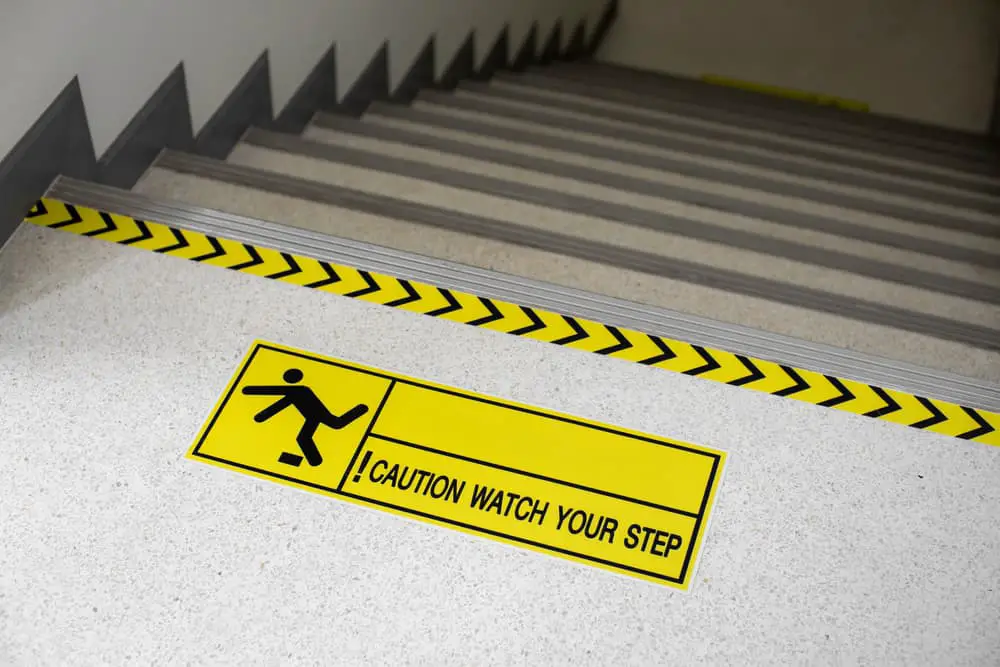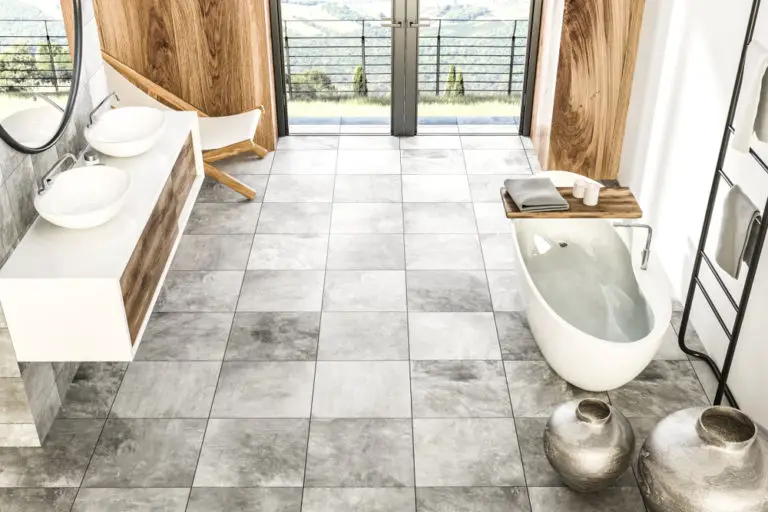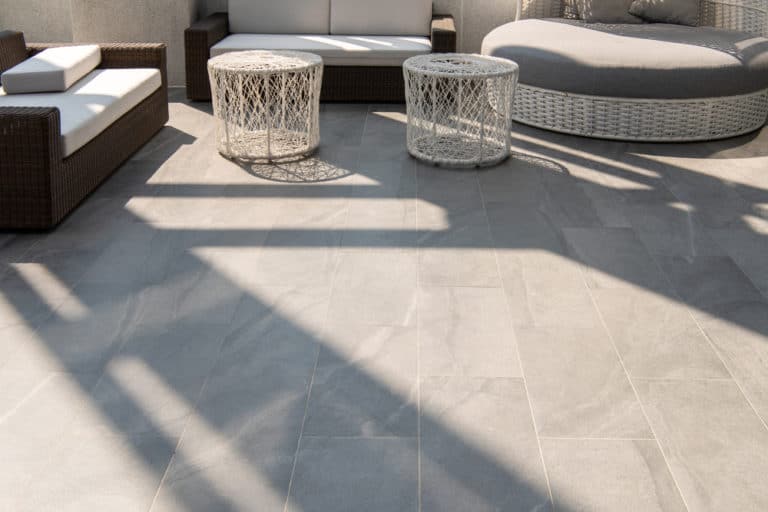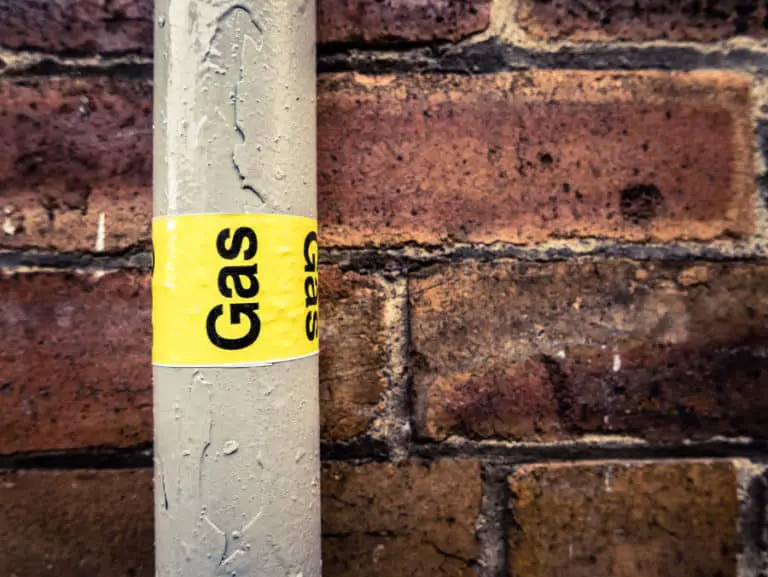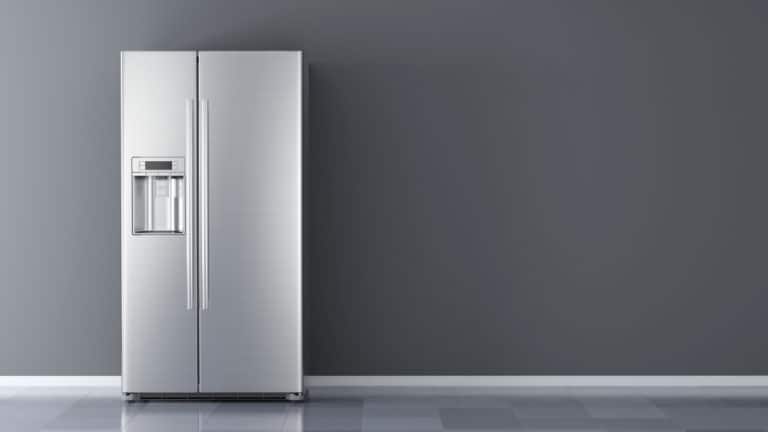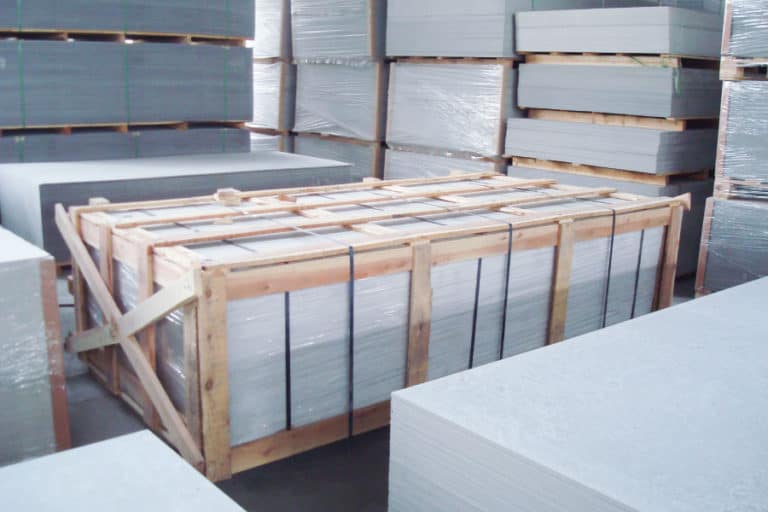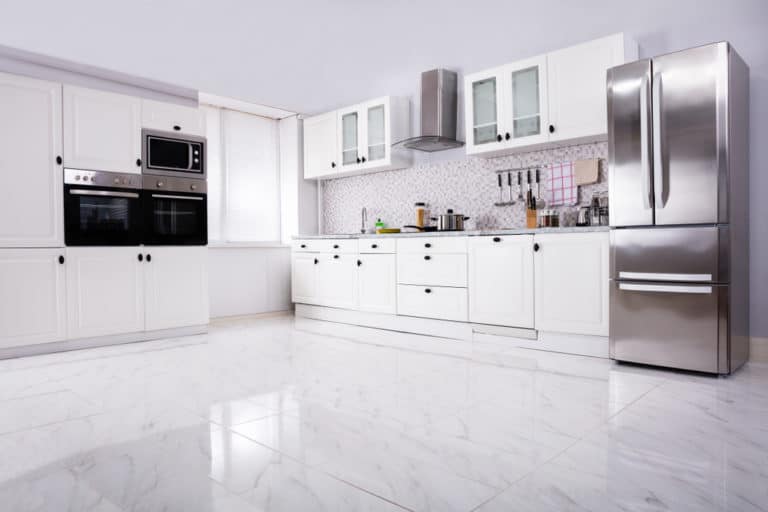How To Fix Stairs That Are Too Steep
Stairs are an essential part of a building, and they also take up a considerable amount of space. Some designers may choose to minimize this amount of space by making stairs steeper. Some people might find this too steep, and the question now is if you can fix it.
Fixing stairs that are too steep involves doing a complete renovation of the stairs and the areas surrounding them. Stairs that are too steep can be caused by either not enough steps on the staircase or improper measurement of the steps.
Read on if you plan on fixing your stairs. We’ll be going into how stairs are measured and planned, the causes of stairs being too steep, and many more.
What is classified as too steep for stairs?
Stairs that are too steep are determined based on the angle that they form between levels. Stairs are typically compromised of 2 staircases and a landing between each level.
The angle of the staircase should sit comfortably between 30-40 degrees, with some stairs going up to 50 degrees and other stairs going down to 20 degrees. The higher the degree, the steeper the stairs.
For our purposes, we’ll label anything past 50 degrees as too steep. If you find that the 40-50 degree range is too steep, then, unfortunately, your architect did not design your stairs properly for your home.
Can you fix stairs that are too steep?
Yes, you can fix stairs that are too steep, but you’ll have to renovate both the upper and lower floors of your house. Stairs that are too steep entails that there is a lack of horizontal length throughout the entire stair.
This means that the interventions needed to fix a steep staircase could be the following:
- Adding more steps to the stairs
- Increasing the length of the stair’s treads (the step of the stair)
- Creating more space to accommodate these changes
- Redesigning the layout of the floor
- Increasing the size of the hole needed for the stairs to access the upper level
As we can see from the bulleted list above, you’ll need to make changes throughout the entire structure to fix stairs that are too steep.
Stairs and slope
Stairs can be imagined as an inclined slope, think of it as a hill, that runs from one level of a building to the other.
In mathematics, the formula for slope is the ratio of “rise/run.” A higher rise entails a steeper slope, while a lower rise entails a higher run. This concept is important because the ratio of “rise/run” can help architects come up with a proportionate staircase that serves its purpose while maximizing the space that it takes up.
If a stair has too much rise compared to its run, then it means that the number of steps on the stairs is less and that the rise of the stair( the elevation of each step) needs to be greater to compensate for this.
The benefit of having a higher rise/run ratio is that it saves horizontal space, considering you would need fewer steps to reach the building’s upper level. However, most building codes often only permit a certain amount of “rise.”
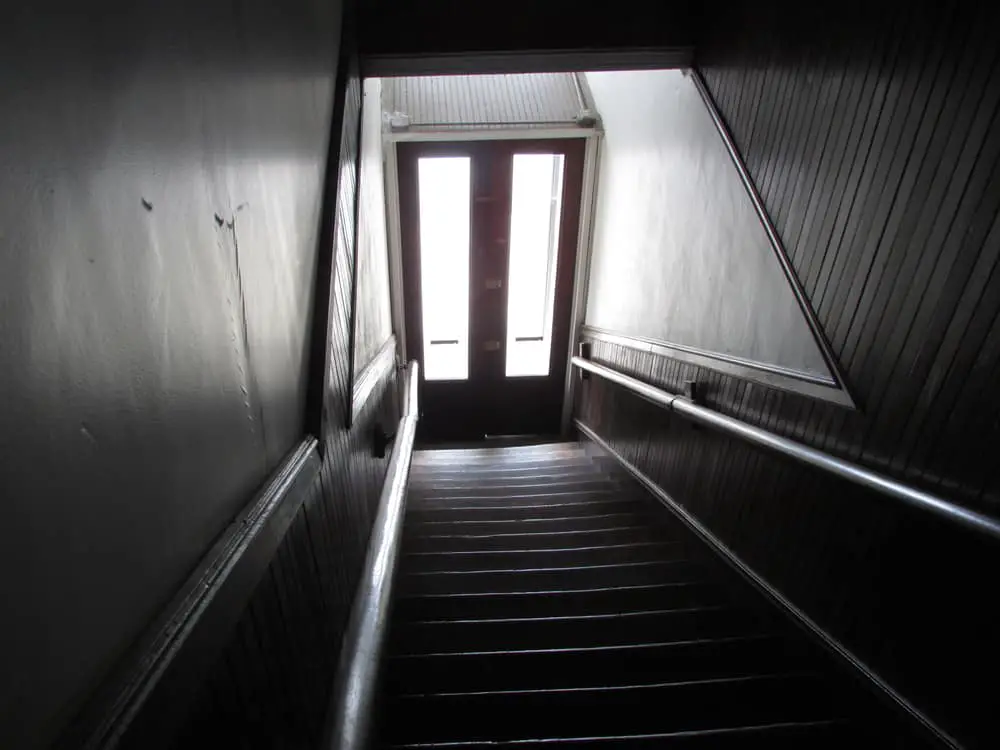
Computation for stairs
For this article, we’ll only be going into the parts of the staircase that affects its dimensions. This is the step of the stair which is comprised of the rise and the tread.
- Rise– Vertical height between each tread.
- Tread– Horizontal length before a change of height. This is the part that users step on when going upstairs/downstairs.
Here are the steps that an architect takes when designing the stairs for a building. The process below is an example, as there are many different ways architects can choose to design stairs.
- The architect must measure the vertical distance between the floors they wish to connect. For this example, let’s say that the distance is 3000 mm.
- Afterwhich, the architect will then decide the measurement for the rise of the step. We’ll be using a 200 mm rise for the example.
- The architect now divides the vertical distance (3000 mm) by measuring the rise of the steps (200 mm). For our example, this will come out to 15 steps for this staircase.
- Now that we have 15 steps. We can multiply that by the measurement of the treads. If we have treads that measure 250 mm, we’ll need a minimum staircase length of 3750 mm.
- Now that the architect has a base length for the staircase (3750 mm). They’ll need to also add a landing somewhere in the middle. Landings are designed to make stairs take up less space, make them easier to use, and provide additional safety for users. Landings are proportionate to stairs based on the stair’s width.
- For our example, we’ll use 1000 mm as the stair’s width. Since the landing and the stair’s width should be the same, the landing will add 1000 mm in length to our total staircase length of 3750mm. This adds up to a total staircase length of 4750mm.
- Remember that area is computed as length x width. We have a 4750mm (4.75m) total length and a consistent width of 1000 mm (1m) throughout the staircase. We now have a floor area of 4.75m that needs to be compensated for on both the building’s upper and lower levels.
- The architect now chooses a layout that best fits this 4.75 sqm staircase with the rest of its layout. Typical stair layouts are either U-shaped, G-shaped, or L-shaped.
*This example is a simplified version of the process.
These are the steps that an architect takes when designing stairs. Note that stairs will be designed differently depending on their usage.
What can cause stairs to be too steep?
Having stairs that are too steep should never happen in the first place. Stairs are an integral part of a building because they allow people to use the different floors in it. Architects understand this and almost always design stairs that are comfortable and easy to use.
With that being said, here are three potential causes that can cause a stair to be too steep.
- A miscalculation by the architect.
A good architect would never mess up something as important and essential as the stairs of a building. In fact, it is almost impossible for an architect to mess up designing the stairs since architecture software can automatically compute and generate the required drawings of stairs with ease.
If an architect designs the staircase with a still standard proportion, some homeowners may find this too steep at the upper range (40-50 degrees). If any architect chooses to push thru with a higher-end angle for the staircase, there was not enough horizontal length to fit the staircase.
- Misconstruction by the contractor
A decent contractor would also great take care when building something as important as the stairs. From early construction alone, they would have noticed that the stairs are not being built correctly.
A contractor would immediately correct any mistakes while constructing a building’s stairs because it would be more expensive to correct the stairs once everything is built.
- Hiring of non-professionals
Non-professionals do not have the background, experience, and information needed to plan and construct the building’s stairs properly. These non-professionals often charge way below the market’s standard in an attempt to lure in clients who are looking to cut costs. The work done is usually shoddy, not up to standard, and would definitely not get approved by a building officer.
This one is the most likely reason why your stairs are too steep.
Conclusion
Having stairs that are too steep should rarely happen unless a non-professional worked on your project. Architects, contractors, and building officials would have seen the mistake from a mile away, and they would have fixed it immediately.
If you find yourself with a staircase that is too steep, you’ll need to renovate the stairs completely and the two different floors it connects to. Using slopes can help you understand how stairs are planned and designed.

